Keywords
|
| Wireless power transmission, electromagnetic induction, Efficient Communication, System Security. |
INTRODUCTION
|
| The human dependency on the gadgets such as smartphone and tablets has increased over the decade. People use them constantly to connect with the cyber world through emails, texting and playing online games. For the average user the battery in these gadgets can last up for a day but due to the extensive use of this gadget the power need of the devices increases and manufactures are forced to have big storage capacity which increases the weight and cost of the devices. Public wireless stations charging may be an option to reduce such problems i.e. changing the devices wireless way. Wireless charging has many applications in the medical environment where charger contacts, such as plugs can corrode easily with liquid disinfectants. The intergraded wireless charging can be extensively used for medical instruments can be encapsulated completely which can prevent contamination and risk of corrosion. Wireless power supplies can eliminate many of the risks and quality control issues associated with charger contacts. |
| The section 2 of the paper gives the overview about the history of the Wireless power transfer and Section 3 explains the working of the inductive coupling. Section 4 explains the implementing method followed in this paper and also Section 5 shapes of the coils used for comparisons. In section 6 the paper is concluded. |
HISTORY OF WIRELESS POWER TRANSFER
|
| The History of wireless power transfer started at early as 1889 Nikola Tesla had invented the famous Tesla coils which can transfer power wirelessly. From there researches on wireless power transfer began [1]. Tesla experiments explains majority of the modern inductive power transfer techniques such as:1)Tesla used strongly coupled resonant circuit to improve power transfer in the system. 2)Self-Capacitance were used in the secondary side to improve the quality factor .3) Spark discharges were used above the airgap to improve the power in the resonant circuit. In 1964, William C. Brown invented a point-to-point wireless power transfer scheme on the basic of microwave beams [2]. In 1968, American engineer Peter Glaser proposed a concept of a space solar power station, and further proved that solar energy could be OPEN ACCESS Energies in future and converted into electric energy first, and then can be transmitted to the Earth in the form of microwaves [3]. Huge progress took place in the solar power satellite (SPS) project during the 1970s [4], which indicated that human beings had attained this electric energy transfer technology. In 2007, wireless power transfer made the world to raise their eyebrows again, the research team headed by Professor Marin Soljacic of MIT proposed strongly coupled magnetic resonance (SCMR), and which is able to transfer 60 watts wirelessly with more 40% efficiency over distances of 2 meters [5]. In 2008 researchers in Korea Advanced Institute of Science and Technology have developed prototype of roadway powered Electric Vehicles (EV) named as online EVs with system efficiency is about 70%. |
| Some of the common form of wireless power charging is done by using direct induction followed by using resonant magnetic induction. Other methods are taking into account electromagnetic radiation in the form of microwaves or laser and an electric wire with natural media. Some of the most common methods used for the wireless transmission of electricity are Electromagnetic induction, Electrostatic induction, Electromagnetic radiation, Microwave method, Laser method and Electrical conduction. |
| 1)Inductive coupling: The resonant coupling [6] effect between coils of two LC circuits enables the wireless power transfer. The maximum efficiency is achieved when distance between the transmitter and receiver is less. |
| 2)Laser: The Laser is a coherent beam of electromagnetic energy where all the waves have the same frequency and phase. NASA [7] used this mechanism to send energy point to point in a line of sight for a remote-controlled aircraft wirelessly. An infrared sensitive photovoltaic cell act as the energy collector to convert Laser to electrical energy. |
| 3)Piezoelectric principle: The piezoelectric effect [8] is the relation between a mechanical stress and an electrical voltage in solids. This method has feasibility of wirelessly transfer energy using piezoelectric transducers capable to emit and collect vibratory waves. |
| 4)Radio waves and Microwaves: For Long distance high power energy transmission Microwaves [9] are ideal choice and Also, there is a whole research field for rectennas which are antennas capable to collect energy from radio waves. |
ELECTROMAGNETIC INDUCTION TYPE WIRELESS POWER TRANSFER
|
| Inductive coupling consists of placing two coils of wire in close enough proximity to the other such that they act like a weakly coupled air-core transformer as it transfers energy by inductive coupling between its winding circuits ,the magnetic field radiating from the transmitting coil induces current in the receiving coil[10].The wide bandwidth associated with inductive coupling alone implies lower voltage gain, and thus less power transmitted to the load due to the gain-bandwidth trade off as discussed in. Resonant inductive coupling can be achieved by loading a coil with capacitors so that the inductor-capacitor (LC) combination will resonate at a specific frequency[11]. The narrow bandwidth and higher gain associated with resonant coupling will improve power transfer efficiency. Using inductive coupling power can be transferred only in short distances (upto 10cms). |
Advantages of Inductive Coupling:
|
| (a) Simple Design – The design is very simple in theory as well as the physical implementation. The complexity of the circuits built is less and the component count is very low too. |
| (b) Lower Frequency Operation – The operating frequency range is in the kilohertz range. This attribute makes it easy to experiment and test in breadboard. Furthermore there is low risk of radiation in the LF band. |
| (c) Low Cost - The entire system is designed with discrete components that are readily available. No custom order parts were necessary for the design. |
| (d) Practical for Short Distance – The designed system is very practical for short distance as long as the coupling coefficient is optimized. |
IMPLEMENTING METHOD
|
| The line voltage is rectified by the full-bridge rectifier generates a semi-sinusoidal voltage at double the line frequency. The frequency of oscillation then depend mainly on the size and maximum flux density of the ferrite core used in the transformer, and the storage time of the transistors. When the cycle has started, the current in the transformer increases until the core saturates. At this point the drive of the active transistors is therefore removed, and, once its storage time has passed, it turns off. In this application the oscillation frequency would be 25 to 40 kHz. The dependence upon the storage time is minimized by the RC network at the base of the transistor, which increases the rate of charge extraction from the base at turn-off. The network also serves to decouple the base from the oscillation caused by the base transformer at turn-off, preventing spurious turn-on of the device. The implementing block diagram is given in the figure 1. |
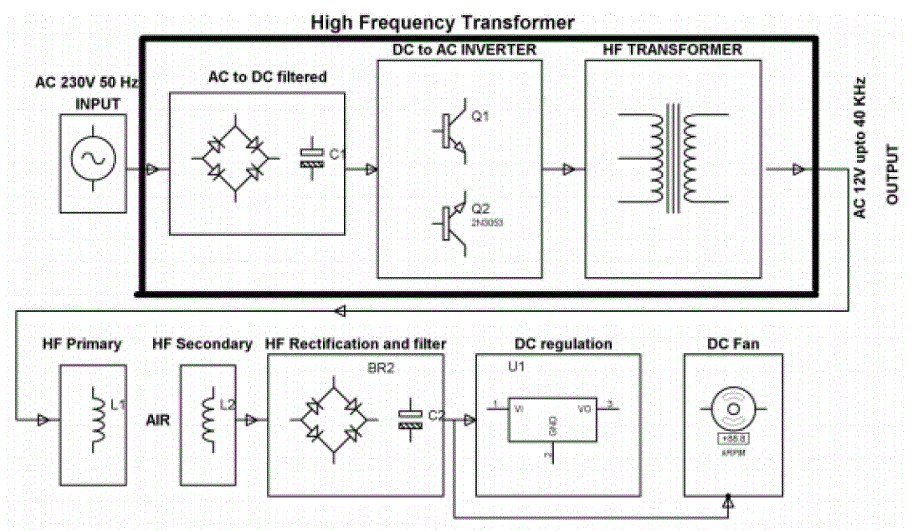 Fig. 1 Implementing Block diagram Fig. 1 Implementing Block diagram |
| The Parallel-parallel and series-series compensations are discussed in the literature[12,13] are the basic structures in this paper we take the series-series compensation to demonstrate CT. Figure 2 shows the equivalent circuit model of a system with two coils, in which, RS, R2(R3), L2(L3), C2(C3), M23 and RL represent the internal resistance of the voltage source, the coil parasitic resistances, the coil self-inductances, the resonant capacitors, the mutual inductance and the load resistance, respectively. |
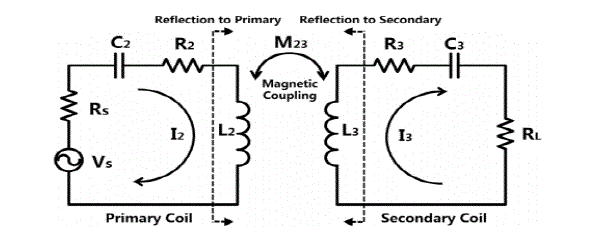 Fig. 2 Equivalent diagram of Inductive coupling coils Fig. 2 Equivalent diagram of Inductive coupling coils |
| Different shapes of coils were used in implementing our project and for finding efficiencies of the respective coils reading were taken and were plotted using MATLAB. |
| Shapes of coils used: |
| 1. Circular coil |
| 2. Rectangular coil |
| 3. Multicore Circular coil |
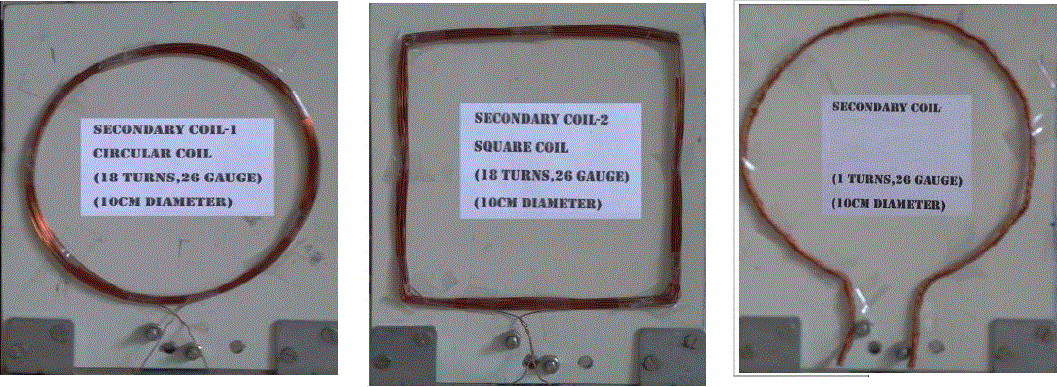 Fig. 3Various types of Coils used for experiment. Fig. 3Various types of Coils used for experiment. |
COMPARISON OF COILS
|
| The transmission and received coil is kept in straight line and input supply is fed to the transmission coil. The distance between the two coils is kept low at the beginning and increased further while the transmitted voltage is measured at the receiving end. The experiment is continued further by changing the different types of coils with changing coil shapes. |
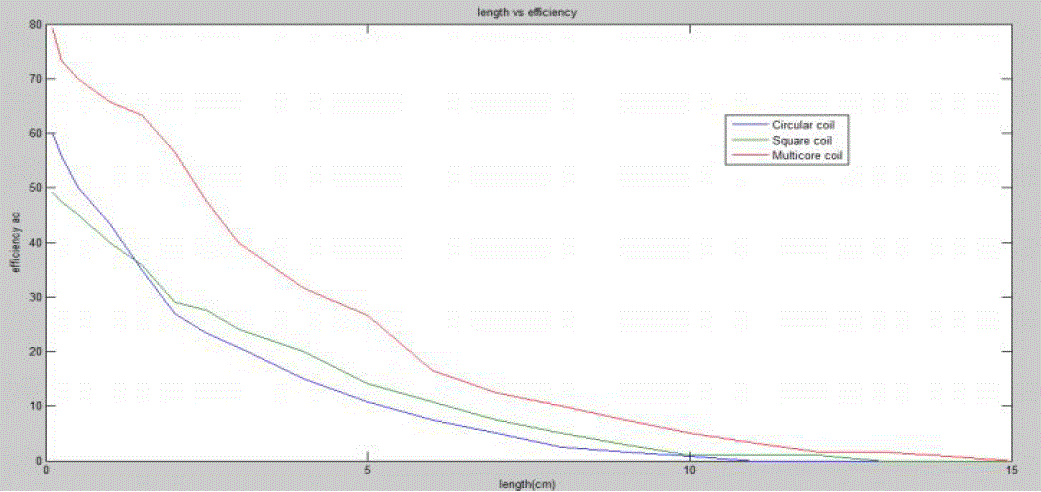 Fig. 4 Efficiency of output vs length between two coils. Fig. 4 Efficiency of output vs length between two coils. |
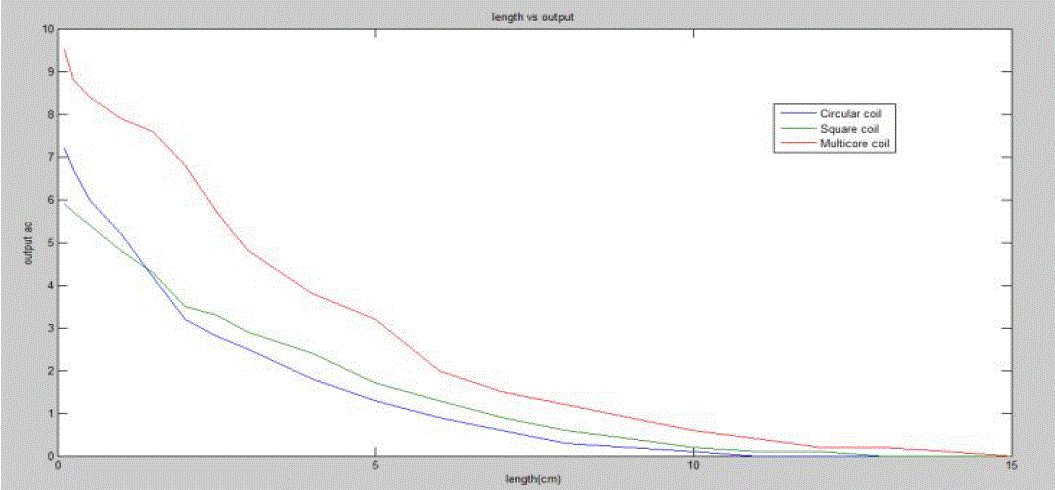 Fig. 5 output energy transmitted vs length between two coils. Fig. 5 output energy transmitted vs length between two coils. |
CONCLUSION
|
| In this paper wireless power transfer using elec`tromagnetic induction type and compare the performance changes during using various shapes of coils for transmission and receiving. The results shows that the circular twisted pair of coil higher performance while compared to other shapes of coil. The performances of the coils are plotted in graph by using the prototype models of the coils. |
References
|
- Brown, W.C. The history of power transmission by radio waves. IEEE Trans. Microw. Theory Tech.1984, 32, 1230–1242.
- Brown, W. Experiments in the Transportation of Energy by Microwave Beam. In Proceedings of the IRE International Convention Record,New York, NY, USA, 21–25 March 1966; pp. 8–17.
- Glaser, P.E. Power from the sun: Its future. Science 1968, 162, 857–861.
- Brown, W.C. Status of the microwave power transmission components for the solar power satellite (SPS). IEEE Trans. Microw. TheoryTech. 1981, 29, 1319–1327.
- Kurs, A.; Karalis, A.; Moffatt, R.; Joannopoulos, J.D.; Fisher, P.; Soljacic, M. Wireless power transfer via strongly coupled magneticresonances. Science 2007, 317, 83–86.
- Basset, P., Andreas Kaiser, B. L., Collard, D. &Buchaillot, L. (2007). Complete systemfor wireless powering and remote control of electrostaticactuators by inductivecoupling,IEEE/ASME Transactions on Mechatronics12(1).
- NASA (2003). Beamed laser power for uavs,Dryden Flight Research Center
- Hu, H., Hu, Y., Chen, C. & Wang, J. (2008). A system of two piezoelectric transducers and a storage circuit for wireless energy transmissionthrough a thin metal wall,IEEE Transactions on Ultrasonics, Ferroelectrics, and Frequency Control55(10).
- Glaser, P. E. (1973). Method and apparatus for converting solar radiation to electrical power,U.S.A Patent.
- Sample, A.P.; Meyer, D.A.; Smith, J.R. Analysis, experimental results, and range adaptation of magnetically coupled resonators for wirelesspower transfer. IEEE Trans. Ind. Electron. 2011,58, 544–554.
- Raju, S.; Wu, R.; Chan, M.; Yue, C.P. Modeling of mutual coupling between planar inductors in wireless power applications. IEEE Trans.Power Electron. 2014, 29, 481–490
- Sandrolini, L.; Reggiani, U.; Puccetti, G.; Neau, Y. Equivalent circuit characterization of resonant magnetic coupling for wireless transmissionof electrical energy. Int. J. Circuit Theory Appl. 2013, 41, 753–771.
- Xun, L.; Ng, W.M.; Lee, C.K.; Hui, S.Y.R. Optimal Operation of Contactless Transformers with Resonance in Secondary Circuits. InProceedings of the Twenty -Third Annual IEEE Applied PowerElectronics Conference and Exposition (APEC 2008), Austin, TX, USA, 24–28 Febuary 2008; pp. 645–650
|